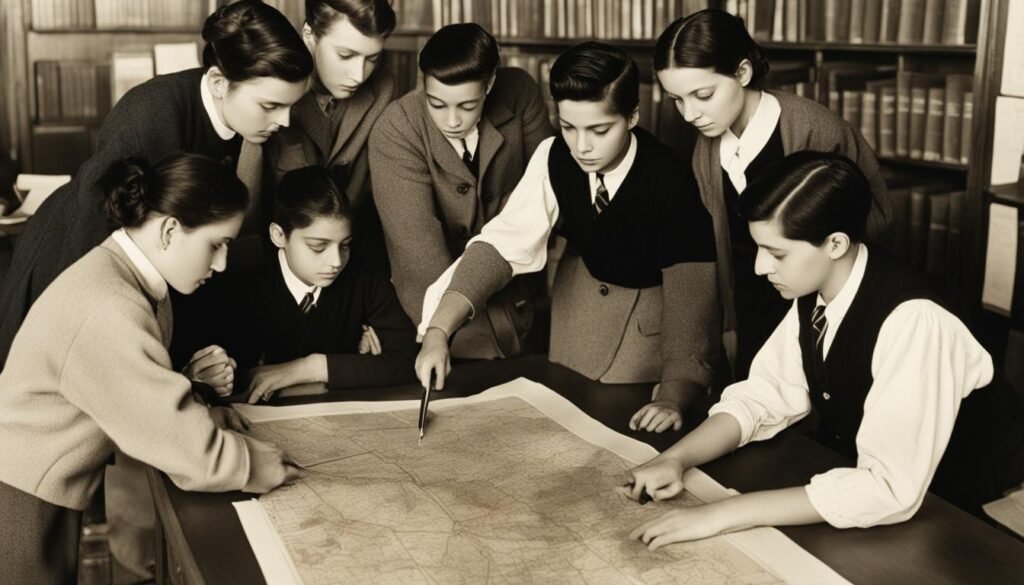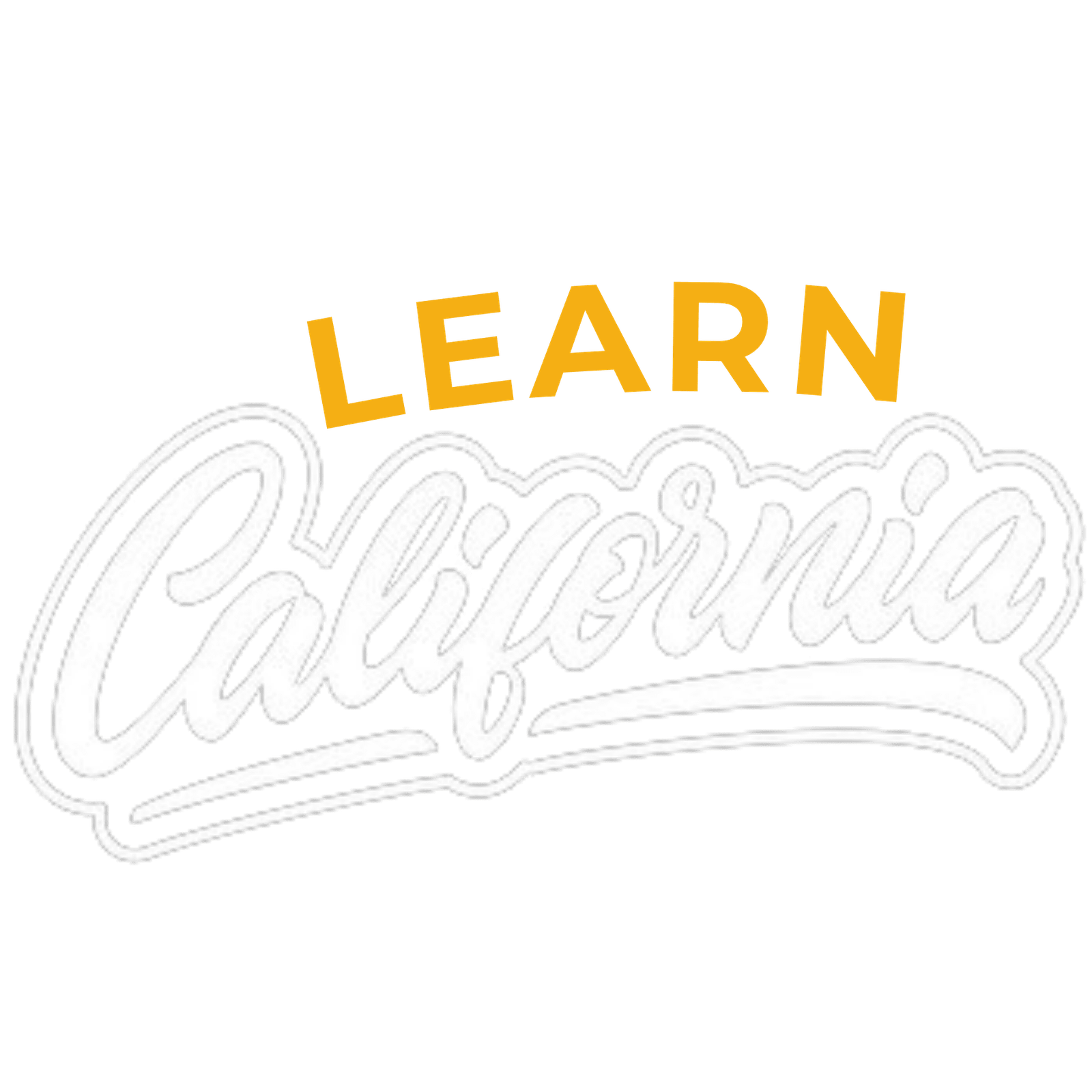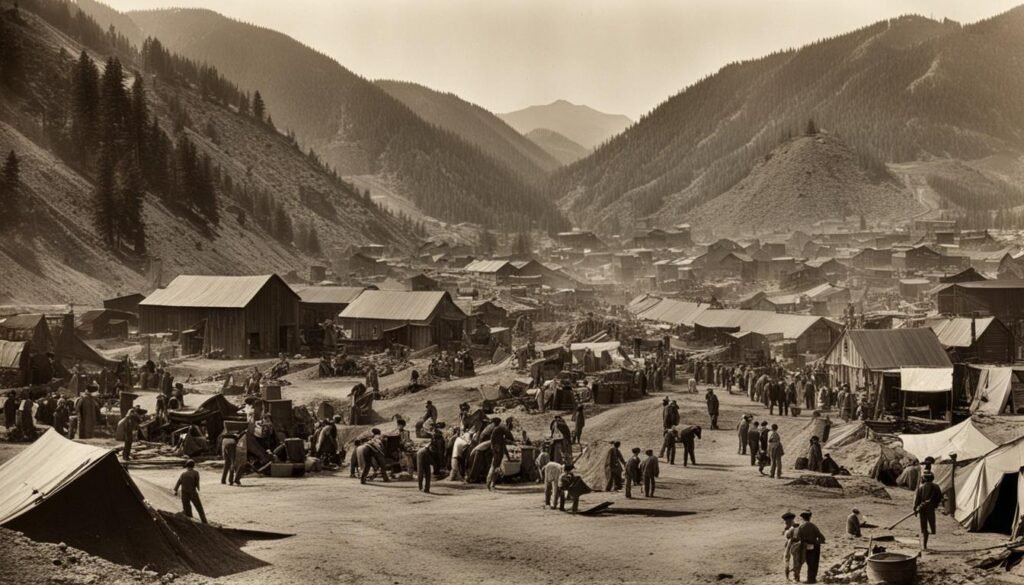Welcome to my guide to the California Social Studies Standards for 2024! In this article, I will provide you with a comprehensive overview of the standards that have been set for social studies education in California. These standards are designed to ensure that students develop a deep understanding of history, geography, and social sciences, preparing them to be informed and active citizens in our society.
Key Takeaways:
- The California Social Studies Standards outline the knowledge, concepts, and skills students should acquire at each grade level.
- These standards cover a wide range of topics, including history, geography, and social sciences.
- The California Social Studies Standards provide a framework for curriculum development and instructional materials.
- Professional learning plays a crucial role in enhancing social studies instruction.
- California encourages the use of primary sources and interdisciplinary connections to enrich social studies education.
Understanding the Content Standards
The content standards adopted by the California State Board of Education play a critical role in shaping students’ education. These standards define the knowledge, concepts, and skills that students should acquire at each grade level, ensuring a comprehensive understanding of various subjects, including history-social science.
The History-Social Science Framework serves as a valuable guide for educators, parents, and publishers in implementing the content standards. This framework provides essential guidance for developing instructional materials and offers support for enhancing teachers’ content knowledge and teaching skills.
Implementing the California content standards is key to delivering a high-quality education that prepares students for success. The History-Social Science Framework serves as a valuable resource, helping educators create engaging and aligned curriculum that meets the needs of students. By utilizing this framework, teachers can enhance their instructional practices and ensure students develop a deep understanding of history-social science topics.
The Importance of the History-Social Science Framework
The History-Social Science Framework is a vital component in implementing the California social studies standards. Adopted by the State Board of Education, it serves as a comprehensive guide for educators, parents, and publishers. This framework provides valuable resources and support for creating an aligned curriculum that meets the needs of students and ensures a deep understanding of history, geography, and social sciences.
By following the History-Social Science Framework, educators can access instructional strategies and content knowledge that are essential for effective teaching. The framework offers a wide range of resources and tools, including recommended materials and lesson plans, which help educators create engaging and impactful learning experiences for their students.
Moreover, the History-Social Science Framework promotes curriculum alignment by providing a clear roadmap for integrating social studies concepts throughout various grade levels. This alignment ensures that students build upon their knowledge and skills, allowing for a seamless transition and progression in their social studies education.
One of the key benefits of the History-Social Science Framework is its emphasis on critical thinking and inquiry-based learning. It encourages educators to incorporate primary sources, historical documents, and artifacts into their lessons, enabling students to analyze and interpret information firsthand. This approach fosters a deeper understanding of historical events and encourages students to develop their own interpretations.
The History-Social Science Framework also supports educators in addressing the diverse needs of students. By providing a variety of instructional strategies and resources, it helps ensure that all students have access to high-quality social studies instruction. The framework recognizes the importance of inclusive education and encourages educators to create an inclusive learning environment that honors diverse perspectives and experiences.
Overall, the History-Social Science Framework plays a crucial role in shaping social studies education in California. It provides the necessary guidance, resources, and support for educators to effectively implement the state’s social studies standards. By utilizing this framework, educators can create an engaging and comprehensive curriculum that prepares students to become informed and active citizens.
California Social Studies Resources and Instructional Materials
California provides a wide range of instructional materials and resources to support social studies education in the state. These resources are designed to enhance students’ understanding of history, geography, and social sciences, aligning with the California social studies standards. Educators can utilize these materials to create engaging and interactive lessons that cater to different grade levels.
One valuable resource available to teachers is the California social studies textbook. These textbooks provide comprehensive coverage of the required content and are designed to align with the state standards. They offer structured lessons, activities, and assessments that aid in delivering a well-rounded social studies curriculum.
In addition to textbooks, recommended literature plays a crucial role in social studies education. California offers a curated selection of literature for each grade level, encompassing historical and social science themes. These recommended books provide students with rich, diverse perspectives, fostering a deeper understanding of the subject matter.
Furthermore, teaching resources are available to support educators in delivering high-quality social studies instruction. These resources include lesson plans, multimedia materials, and interactive activities. They are designed to engage students and promote active learning in the classroom.
California also encourages the use of history-social science literature as a teaching tool. Historical and social science literature exposes students to primary and secondary sources, helping them develop critical thinking and analytical skills. By exploring real-world narratives and perspectives, students can gain a deeper appreciation for the subject matter.
Overall, the abundance of instructional materials and resources in California provides educators with the necessary tools to create dynamic social studies lessons. By incorporating these resources into their curriculum, teachers can inspire students to explore, analyze, and appreciate the fascinating world of history, geography, and social sciences.

The Role of Professional Learning in Social Studies Education
Professional learning is a vital component in ensuring effective social studies instruction. As educators, we strive to provide our students with the best possible education, and professional learning opportunities help us achieve that goal. In California, we are fortunate to have access to a wide range of resources and programs designed to enhance our content knowledge and teaching skills.
By participating in professional learning, we can stay up-to-date with the latest research and best practices in history-social science instruction. These programs offer valuable training and support, equipping us with the tools and strategies to create engaging and quality social studies education for our students.
Enhancing Teaching Skills
Professional learning opportunities focus not only on content knowledge but also on enhancing our teaching skills. We learn about effective instructional strategies, innovative approaches, and new technologies that can be integrated into our social studies lessons. By incorporating these new techniques, we can create dynamic and interactive learning experiences that captivate our students’ interest and promote deep learning.
Improving Content Knowledge
Staying informed of the latest developments in our field is crucial for effective teaching. Professional learning programs offer us the chance to deepen our understanding of history, geography, and social sciences. We gain access to updated curriculum materials, learn about emerging research, and engage in discussions with fellow educators to broaden our perspectives. This continuous learning helps us provide accurate and up-to-date information to our students, ensuring that they receive a comprehensive education in history and social studies.
Collaboration and Networking
Professional learning also provides opportunities for collaboration and networking with other educators. By connecting with colleagues from different schools and districts, we can share ideas, resources, and best practices. These collaborations inspire us to think outside the box and find innovative ways to enhance our social studies instruction. Building a professional network not only fosters personal growth but also contributes to improving social studies education across the state.
As educators, we have a responsibility to continually improve our teaching skills and deepen our content knowledge. Professional learning offers us the tools, resources, and support needed to meet this challenge. By participating in these opportunities, we can become more effective educators, delivering engaging and quality social studies education that prepares our students for success.
Incorporating Primary Sources in Social Studies Education
When it comes to social studies education, primary sources are invaluable. They provide firsthand accounts, historical documents, and artifacts that offer a unique glimpse into the past. In California, we recognize the significance of primary sources in engaging students and fostering critical thinking skills.
By incorporating primary sources, teachers can bring history to life and help students develop a deeper understanding of historical events and perspectives. Analyzing primary sources allows students to examine multiple viewpoints, question biases, and draw their own conclusions. It encourages them to think critically and develop essential skills for evaluating information.
In California, educators have access to a wealth of primary source sets aligned with the state’s social studies standards. These sets include a diverse range of historical documents and artifacts that provide a rich and authentic learning experience for students.
For example, students can analyze primary sources such as letters written by historical figures, firsthand accounts of significant events, or photographs capturing important moments in history. By examining these sources, students gain insights into the past and develop a deeper appreciation for the complexities of history.
Incorporating primary sources also allows students to engage in historical research and analysis. They can learn how to evaluate the reliability and credibility of sources, consider the context in which they were created, and draw conclusions supported by evidence. These skills are essential for developing historical literacy and understanding the complexities of the world.

By teaching with primary sources, educators provide students with a more comprehensive and authentic understanding of history. They encourage students to become active participants in their own learning, as they engage directly with the raw materials of history.
In conclusion, primary sources are a valuable resource for social studies education. In California, we emphasize the importance of using primary sources to engage students, promote critical thinking skills, and provide an authentic historical experience. By incorporating primary sources into classroom instruction, we empower students to become informed and analytical thinkers, ready to navigate the complexities of the world.
Connecting Social Studies with Other Subjects
Social studies education can be greatly enriched by integrating it with other subjects, fostering an interdisciplinary approach. California recognizes the importance of connecting social studies concepts with other areas of knowledge, creating cross-curricular connections that enhance students’ understanding of the world.
By incorporating social studies into other subjects, students can see the relevance and interconnectedness of different disciplines, leading to a more holistic understanding of historical events, geography, and social sciences. For example, history can be explored in science lessons, where students can learn about the impact of historical discoveries and innovations on scientific advancements. This integration not only deepens their knowledge but also brings history to life in a meaningful way.
Similarly, geography can be integrated into math activities, allowing students to apply their math skills in a real-world context. For instance, they can use data analysis and spatial reasoning to study population density or analyze trends in climate change. This cross-curricular connection strengthens their understanding of both subjects and helps them see the practical applications of their learning.
By embracing an interdisciplinary approach and integrating social studies into other subjects, educators can create a more engaging and comprehensive learning experience for students. This approach allows students to make connections, think critically, and develop a broader perspective on the world around them.
Overall, connecting social studies with other subjects not only enhances students’ knowledge and skills but also prepares them to be well-rounded individuals with a deeper understanding of the complexities of our society. By fostering cross-curricular connections, California recognizes the value of an interdisciplinary approach to education, promoting a more integrated and meaningful learning experience.
Conclusion
The California Social Studies Standards are a cornerstone in the development of students’ comprehensive understanding of history and geography education. These standards provide a solid framework for curriculum development, instructional materials, and professional learning opportunities.
By incorporating primary sources into social studies instruction, educators can bring history to life and engage students in critical thinking and analysis. Connecting social studies with other subjects through an interdisciplinary approach fosters a deeper understanding of the world and strengthens cross-curricular connections. California’s commitment to providing a wide range of resources and instructional materials further supports educators in creating engaging and meaningful social studies education.
Through these efforts, California aims to equip students with the knowledge and skills needed to be informed and active citizens in society. The California Social Studies Standards provide a roadmap to ensure that students develop a comprehensive understanding of history and geography, preparing them for a future where they can contribute positively to their communities and the world at large.
FAQ
What are the California Social Studies Standards?
The California Social Studies Standards are a set of guidelines that define the knowledge, concepts, and skills students should acquire at each grade level in subjects such as history, geography, and social sciences.
How are the California Social Studies Standards implemented?
The California State Board of Education adopts content standards, including the History-Social Science Standards. These standards are implemented with the support of the History-Social Science Framework, which provides guidance for educators, parents, and publishers.
What resources are available to support California Social Studies education?
California provides a wide range of resources, including textbooks, recommended literature, and teaching resources aligned with the California Social Studies Standards. These materials can be used to create engaging and interactive lessons.
How does professional learning support social studies instruction?
California offers resources and programs for professional learning to enhance teachers’ content knowledge and teaching skills in social studies. These opportunities help teachers stay up-to-date with the latest research and best practices in history-social science instruction.
How can primary sources be incorporated into social studies education?
California encourages the use of primary sources, such as historical documents and artifacts, in the classroom. Analyzing primary sources helps students develop a deeper understanding of historical events and perspectives.
How can social studies be connected with other subjects?
California promotes an interdisciplinary approach to education, integrating social studies concepts into other subjects. This approach helps students see the connections between different areas of knowledge and fosters a holistic understanding of the world.







